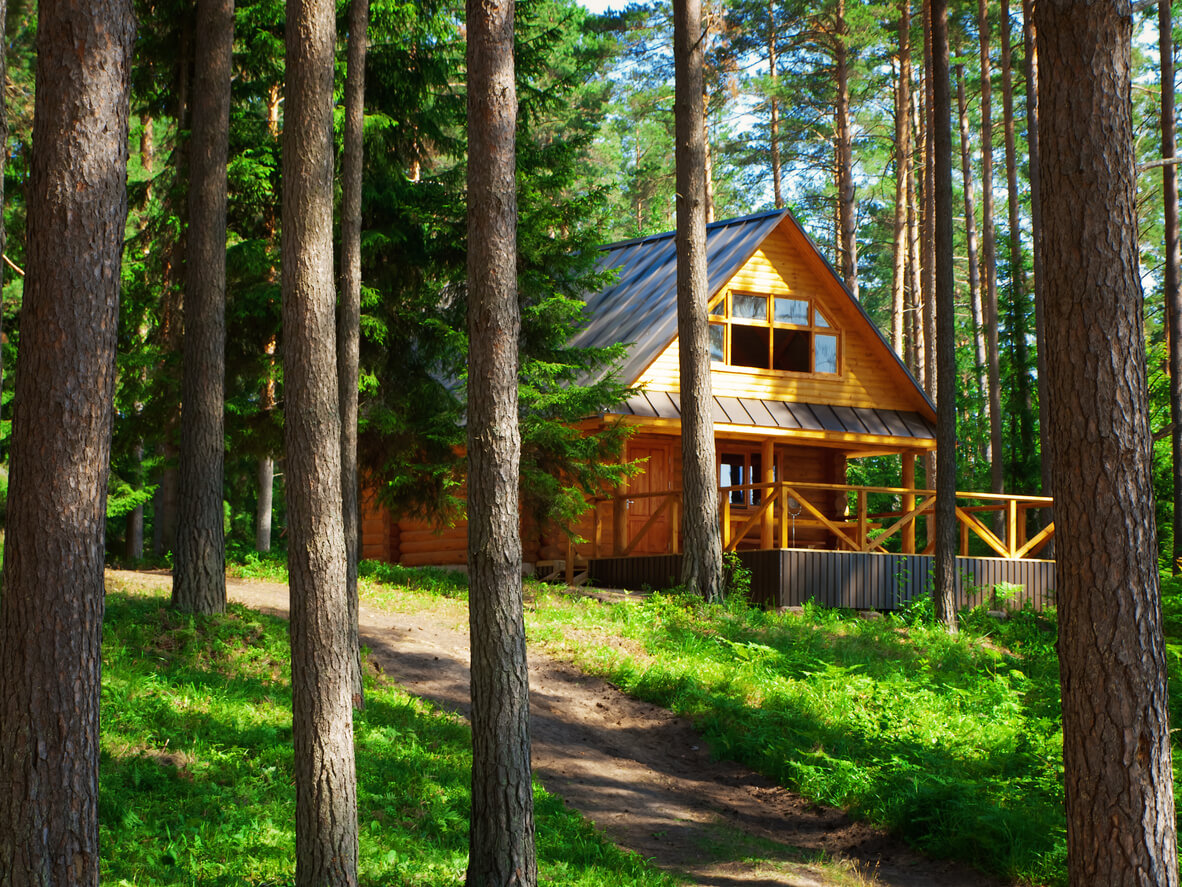Owning a family cabin in Minnesota is a cherished tradition for many, offering a peaceful retreat and a hub for memories. However, as time moves on, how do you pass this treasured property to the next generation? It’s not just about choosing who gets the keys; it’s important to understand the tax implications of such a decision. Proper planning can help ensure that the transition is smooth, tax-efficient, and keeps the cabin in your family for years to come.
Basics of Cabin Taxation
In Minnesota, as in many other places, a cabin is treated as real property for taxation purposes. This means that, like other real estate assets, a cabin’s ownership can trigger certain tax implications, both during the owner’s lifetime and upon their passing. The value of the cabin, its usage, and how it’s transferred can all play a role in determining these taxes. Furthermore, the way you or your family use the cabin, either as a primary residence or a secondary/vacation home, can impact the types and amounts of taxes applicable.
For many families, a cabin is not the primary residence but a vacation or secondary home. As a result, it doesn’t benefit from some of the tax exemptions available to primary residences. For example, when selling a primary residence, homeowners might qualify for a capital gains tax exclusion, as long as they meet certain residency and ownership criteria. In contrast, selling a vacation home, like a family cabin, might not offer this same advantage, potentially leading to higher taxes on any profit from the sale. Knowing these differences is important when planning for what to do with your family cabin to ensure that the next generation doesn’t face unexpected tax burdens.
Capital Gains Tax and the Family Cabin
Capital gains tax comes into play when you sell an asset for more than you paid for it, and this includes real estate like family cabins. If your family’s cabin has appreciated in value over the years — which is often the case for well-maintained properties in sought-after locations — then selling it can trigger a capital gains tax on the difference between the sale price and the original purchase price, minus any improvements made. This tax can be significant, especially if the property has been in your family for many years and has appreciated substantially.
However, it’s worth noting that the tax rate for long-term capital gains (on assets held for more than one year) is generally lower than the rate for short-term gains. Additionally, while primary residences can sometimes qualify for a capital gains tax exclusion if certain conditions are met, this benefit doesn’t typically extend to vacation homes or cabins. As a result, if your family is looking to sell your cabin, you need to be prepared for the potential tax bill. Proper planning and consultation with tax professionals can provide strategies to minimize this tax or spread out its impact over time.
The Role of Estate Tax in Cabin Succession
The estate tax, often referred to as the “death tax”, is a tax on the transfer of assets, like the family cabin, upon an individual’s death. In the context of cabin succession, if the value of your entire estate, including the cabin, exceeds the federal estate tax exemption threshold, a portion of the estate may be subject to this tax. It’s important for you to be aware of the current exemption limits and how the inclusion of the cabin in your estate might impact your heirs’ financial responsibilities. Planning ahead can help mitigate the potential estate tax burden and ensure a smoother transition of the cabin to the next generation.
Strategies for Minimizing Tax Impact
- Establishing a Qualified Personal Residence Trust (QPRT): A QPRT is an advanced estate planning tool that allows cabin owners to transfer their property to a trust, typically for a set number of years. While the trust is in effect, the original owner retains the right to use and enjoy the property. Upon the trust’s termination, the property transfers to the designated beneficiaries, often at a reduced tax impact compared to a direct gift or bequest.
- Gifting the Cabin: The IRS allows you to gift a certain amount each year to another person without incurring gift tax. By gradually gifting portions of the cabin’s value over several years, you can effectively transfer the cabin to your family while utilizing this annual gift tax exclusion. This strategy can help in reducing the overall estate value and potential estate tax implications.
- Selling the Cabin to Heirs: Another option is to sell the cabin to the next generation. This creates a formalized payment structure, potentially at below-market interest rates. Not only does this provide a structured transition, but it can also offer specific tax advantages.
- Utilizing a Family LLC or Partnership: Forming a Family Limited Liability Company (LLC) or a Family Limited Partnership can be an effective way to manage, protect, and transition the cabin. By placing the cabin within such an entity, your family can distribute shares or interests to various members. This structure offers the dual benefit of consolidating decision-making authority while also allowing for a gradual, tax-efficient transfer of ownership.
Planning Ahead for Your Family Cabin
At Unique Estate Law, we can help ensure the legacy of your family cabin, while minimizing potential tax burdens. If you’re looking to preserve your cabin for the next generation and beyond, don’t hesitate to contact us for tailored advice and guidance.


